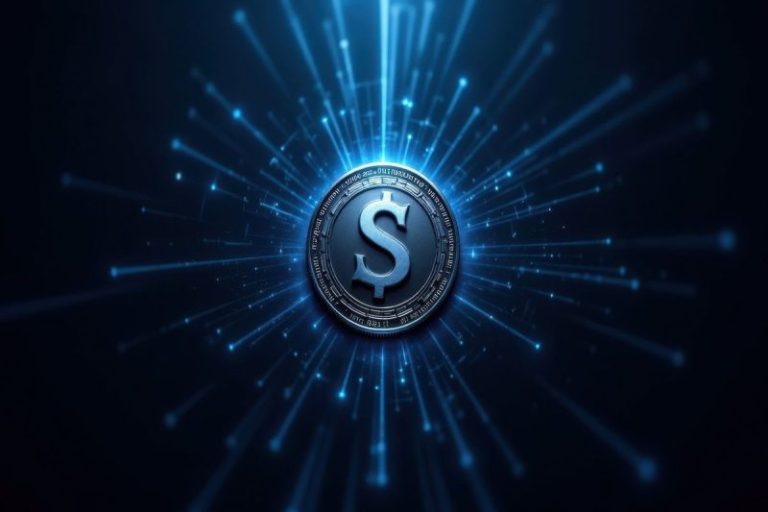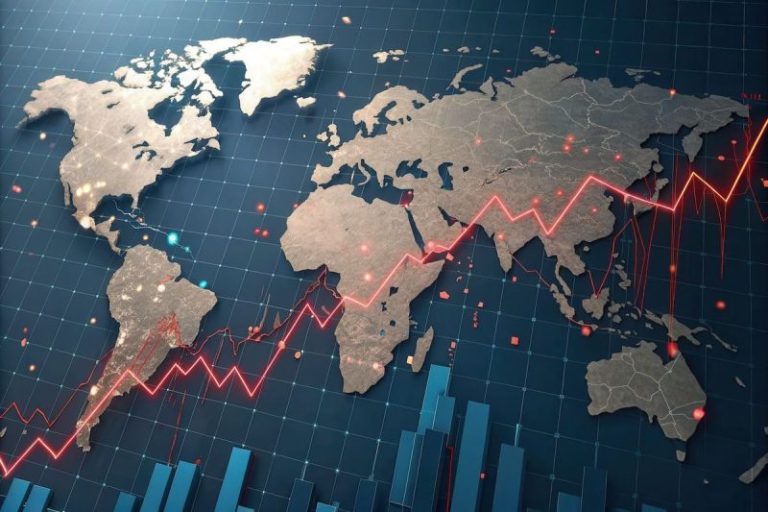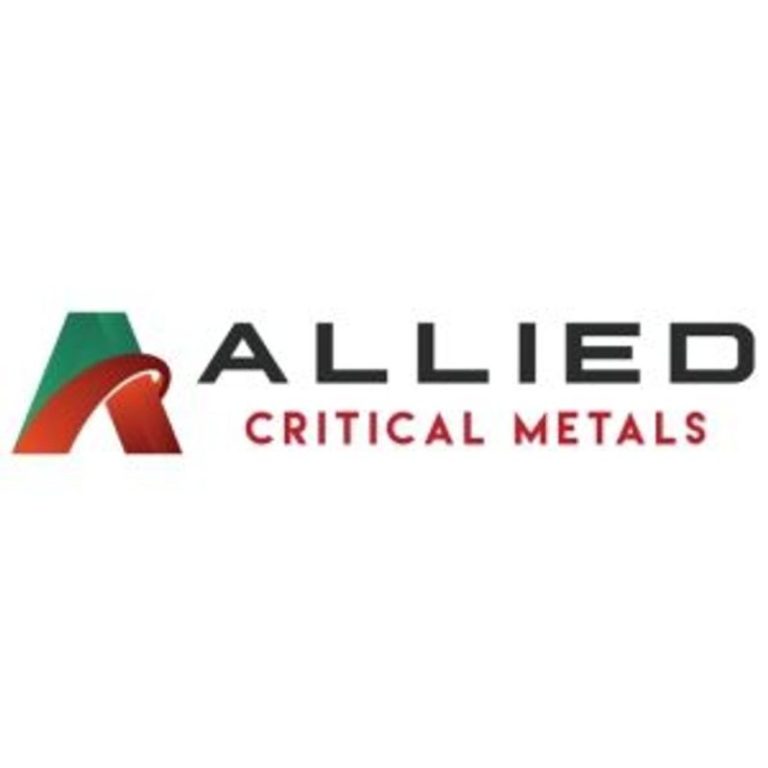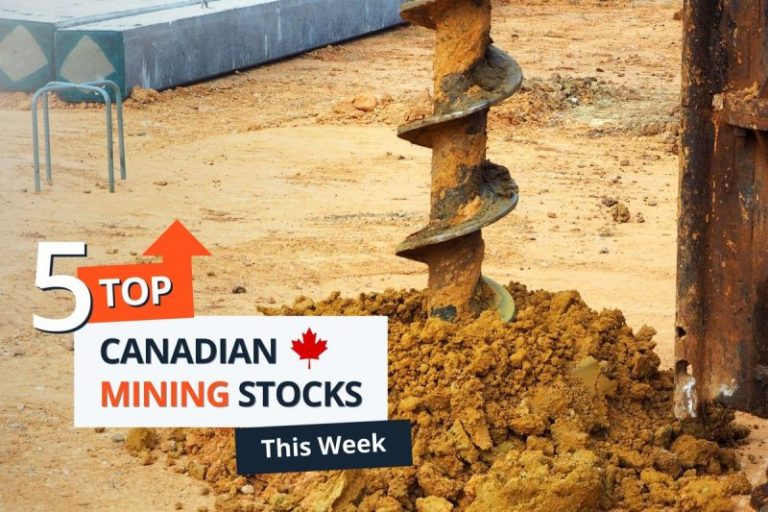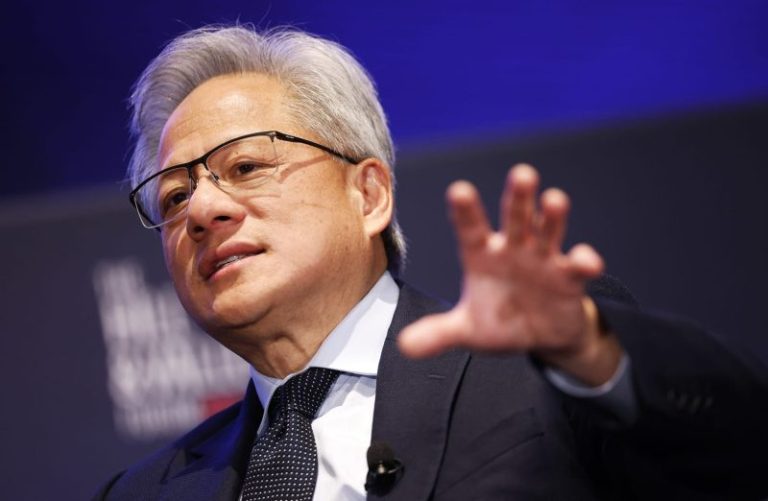Newly elected Canadian Prime Minister Mark Carney announced his cabinet on Tuesday (May 13). Among his selections was Tim Hodgson, the Member of Parliament from Markham-Thornhill, as the new Minister of Energy and Natural Resources.
Hodgson’s portfolio will involve overseeing Canada’s resource sector. His selection has been seen as a nod to Alberta’s oil and gas sector due to his time serving as a board member of MEG Energy (TSX:MEG,OTC Pink:MEGEF), an oilsands producer based in Calgary.
Hodgson also spent time running Goldman Sachs’ (NYSE:GS) Canadian operations, where he advised the Bank of Canada during Carney’s tenure as the central bank’s governor.
South of the border, the United States Bureau of Labor Statistics released April’s consumer price index (CPI) data on Tuesday, reporting that all-items inflation rose by 0.2 percent on a monthly basis, as did core CPI, which doesn’t include the volatile food and energy categories.
The figures indicate a reversal in the deceleration seen over the past few months. During that time, all-items inflation slowed from a 0.5 percent increase in January to a 0.2 percent gain in February before recording a 0.1 percent decline in March. Similarly, core CPI had slowed to a 0.1 percent increase in March.
On an annualized basis, CPI posted a 2.3 percent increase, down from the 2.4 percent recorded in March. However, core CPI remained steady at 2.8 percent.
Markets and commodities react
In Canada, major indexes were mixed at the end of the week.
The S&P/TSX Composite Index (INDEXTSI:OSPTX) gained 2.07 percent during the week to close at 25,971.93 on Friday, the S&P/TSX Venture Composite Index (INDEXTSI:JX) fell 1.93 percent to 672.84 and the CSE Composite Index (CSE:CSECOMP) shed 0.5 percent to 119.01.
US equities were in positive territory this week, with the S&P 500 (INDEXSP:INX) gaining 2.6 percent to close at 5,958.37, the Nasdaq-100 (INDEXNASDAQ:NDX) rising 2.88 percent to 21,412.91 and the Dow Jones Industrial Average (INDEXDJX:.DJI) adding 1.8 percent to 42,654.75.
The gold price was in decline this week, posting a loss of 3.75 percent, to close Friday at US$3,199.69. The silver price was also down, shedding 1.37 percent during the period to US$32.28.
In base metals, the COMEX copper price fell 2.34 percent over the week to US$4.60 per pound. Meanwhile, the S&P GSCI (INDEXSP:SPGSCI) posted a small gain of 0.31 percent to close at 533.11.
Top Canadian mining stocks this week
How did mining stocks perform against this backdrop?
Take a look at this week’s five best-performing Canadian mining stocks below.
Stock data for this article was retrieved at 3 p.m. EDT on Friday using TradingView’s stock screener. Only companies trading on the TSX, TSXV and CSE with market capitalizations greater than C$10 million are included. Companies within the non-energy minerals and energy minerals sectors were considered.
1. Foremost Clean Energy (CSE:FAT)
Weekly gain: 133.11 percent
Market cap: C$29.88 million
Share price: C$3.45
Foremost Clean Energy is a uranium explorer advancing projects in Saskatchewan’s Athabasca Basin. In 2025, its primary focus has been its Hatchet Lake property, part of its Eastern Athabasca projects. The site consists of nine mineral claims within two blocks covering an area of 10,2012 hectares and has seen exploration dating back to the 1960s.
Foremost announced in October 2024 that it had completed the first phase of an option agreement with Denison Mines (TSX:DML,NYSEAMERICAN:DNN) to acquire a 20 percent stake in 10 uranium properties, including Hatchet Lake, in exchange for 1.37 million common shares. Under the terms of the agreement, Foremost can earn up to a 70 percent stake in the properties in exchange for meeting certain milestones within 36 months.
Shares in Foremost have gained after making several positive exploration announcements over the past few weeks.
On May 1, Foremost announced a new uranium discovery at Hatchet Lake based on initial results from an ongoing inaugural drill program. The company said the discovery includes multiple intervals of mineralization, highlighting one grading 0.22 percent equivalent U3O8 over 0.9 meters, including two intersections of 0.1 meters grading 0.58 percent and 0.5 percent.
Follow up information from the program was released on Thursday (May 15) when Foremost reported anomalous radioactivity was detected in 6 out of 10 completed drill holes. After receiving the preliminary results, the company expanded its program from the original eight hole, 2,000 meter program to a 10 hole, 2,400 meter program. Assay results remain pending.
2. Anfield Energy (TSXV:AEC)
Weekly gain: 50 percent
Market cap: C$10.27 million
Share price: C$0.09
Anfield Energy is a uranium and vanadium development company working to advance several projects in the United States.
Among them is its Velvet-Wood project located in Lisbon Valley, Utah, a region with historic uranium exploration and production. The site itself hosts underground infrastructure that was used to recover approximately 4 million pounds of uranium oxide between 1979 and 1984.
According to a January 2023 preliminary economic assessment, the site hosts a measured and indicated resource of 4.64 million pounds of uranium oxide equivalent from 811,000 metric tons of ore at an average grade of 0.29 percent, as well as an inferred resource of 8.41 million pounds of uranium oxide equivalent from 1.84 million metric tons at 0.24 percent.
The report also showed an inferred vanadium oxide resource of 54.4 million pounds from 2.65 million metric tons of ore at an average grade of 1.03 percent.
Shares in Anfield gained this week after it announced on Tuesday that the US Department of the Interior selected Velvet-Wood for expedited environmental permitting as part of the government’s FAST-41 initiative to bolster domestic mineral production. Under the expedited process, the Bureau of Land Management has been directed to complete its review of the project within 14 days.
3. Roscan Gold (TSXV:ROS)
Weekly gain: 44.44 percent
Market cap: C$30 million
Share price: C$0.065
Roscan Gold is an exploration and development company working to advance its Kandiole gold project in the Republic of Mali. The company’s permits cover an area of 288.8 square kilometers and host several mineralized targets.
Kandiole hosts an indicated mineral resource of 1.02 million ounces of gold from 27.4 million metric tons at an average grade of 1.2 grams per metric ton (g/t) gold, and an inferred resource of 200,000 ounces from 5.2 million metric tons at 1.2 g/t.
Roscan has focused on de-risking its project as it moves towards obtaining a mining permit, and spent much of 2024 raising funds. The latest funding announcement came in October 2024 when Roscan closed a non-brokered private placement for gross proceeds of C$2 million. At the time, the company said it would use the funds for general working capital and exploration and development at the Kandiole project.
The most recent news release from Roscan came on March 10 when it welcomed an announcement by the Government of Mali that lifts the partial suspension of the processing of mining license applications. The company said the decision marks a milestone for de-risking the Kandiole gold project.
License applications in Mali had been suspended since 2022. At the time, the military government, which took power in 2021, said the action was to improve the issuance process and better serve the industry.
4. Baru Gold (TSXV:BARU)
Weekly gain: 44.44 percent
Market cap: C$19.55 million
Share price: C$0.065
Developer Baru Gold is advancing its Sangihe gold project in Indonesia. The company holds a 70 percent stake in the 42,000 hectare project, with the remaining 30 percent interest held by three Indonesia-based companies.
Baru Gold is progressing toward approval of its production operations plan, which was redesigned due to the significant macroeconomic shift and increase in the gold price since its last resource estimate in May 2017.
On February 14, the company published a technical report with an updated resource estimate. The resource estimate demonstrates an indicated resource of 114,000 ounces of gold and 1.93 million ounces of silver from 3.15 million metric tons of ore with grades of 1.12 g/t gold and 19.4 g/t silver. The project also hosts an inferred resource of 91,000 ounces of gold and 1.08 million ounces of silver from 2.3 million metric tons of ore with grades of 1.22 g/t gold and 14.5 g/t silver.
The update marks a significant step toward government approval for production operations status, with the only remaining requirement being the payment of taxes.
On Thursday, Baru announced it entered into an arm’s length binding preliminary collaboration agreement with Quantum Metal Thailand, a gold ecommerce platform, which would invest up to US$100 million in Baru as part of an offtake and funding collaboration. Baru said the funding would be used to enhance its gold production and refining capacity to a purity rate of 99.99 percent.
Under the terms of the potential deal, funding would be broken down into an initial investment worth up to US$30 million, and subsequent tranches worth US$10 million. Baru will repay the amount with refined gold based on the London Bullion Market Association gold price, with the first tranche discounted at 30 percent and remaining tranches discounted at 20 percent.
Once production commences, Quantum will also receive 20 percent of the company’s monthly refined gold production until the investment is fully repaid.
5. Talon Metals (TSX:TLO)
Weekly gain: 42.86 percent
Market cap: C$140.21 million
Share price: C$0.15
Talon Metals is an exploration and development company working to advance its Tamarack North polymetallic project in Minnesota, US. Talon owns a 51 percent stake in the 31,000 acre project, with Rio Tinto (ASX:RIO,NYSE:RIO,LSE:RIO) owning the remaining 49 percent.
A technical report released in November 2022 reported a total indicated resource of 8.56 million metric tons of ore at an average grade of 1.73 percent nickel and 0.92 percent copper, 0.05 percent cobalt, 0.34 g/t platinum, 0.21 g/t palladium and 0.15 g/t gold.
Talon has been working through 2024 and 2025 to expand the resource at the project. On May 1 the company announced the highest grade intercept encountered at Tamarack: 8.25 meters at 12.62 percent nickel, 13.88 percent copper, 0.12 percent cobalt, 4.7 g/t palladium, 7.08 g/t platinum, 6.17 g/t gold and 44.31 g/t silver.
The company followed up with further significant news on Monday (May 12), announcing a drill hole encountered 34.9 meters of cumulative massive nickel mineralization over a total length of 47.33 meters.
Brian Goldner, Talon’s chief exploration and operations officer, commented, “In my 19 years working on the Tamarack Project, I’ve never seen anything like this. This 34.9 meter intercept of high-grade massive sulphide isn’t just the longest ever recorded at Tamarack, it’s a defining moment.”
FAQs for Canadian mining stocks
What is the difference between the TSX and TSXV?
The TSX, or Toronto Stock Exchange, is used by senior companies with larger market caps, and the TSXV, or TSX Venture Exchange, is used by smaller-cap companies. Companies listed on the TSXV can graduate to the senior exchange.
How many mining companies are listed on the TSX and TSXV?
As of February 2025, there were 1,572 companies listed on the TSXV, 905 of which were mining companies. Comparatively, the TSX was home to 1,859 companies, with 181 of those being mining companies.
Together the TSX and TSXV host around 40 percent of the world’s public mining companies.
How much does it cost to list on the TSXV?
There are a variety of different fees that companies must pay to list on the TSXV, and according to the exchange, they can vary based on the transaction’s nature and complexity. The listing fee alone will most likely cost between C$10,000 to C$70,000. Accounting and auditing fees could rack up between C$25,000 and C$100,000, while legal fees are expected to be over C$75,000 and an underwriters’ commission may hit up to 12 percent.
The exchange lists a handful of other fees and expenses companies can expect, including but not limited to security commission and transfer agency fees, investor relations costs and director and officer liability insurance.
These are all just for the initial listing, of course. There are ongoing expenses once companies are trading, such as sustaining fees and additional listing fees, plus the costs associated with filing regular reports.
How do you trade on the TSXV?
Investors can trade on the TSXV the way they would trade stocks on any exchange. This means they can use a stock broker or an individual investment account to buy and sell shares of TSXV-listed companies during the exchange’s trading hours.
Article by Dean Belder; FAQs by Lauren Kelly.
Securities Disclosure: I, Dean Belder, hold no direct investment interest in any company mentioned in this article.
Securities Disclosure: I, Lauren Kelly, hold no direct investment interest in any company mentioned in this article.
This post appeared first on investingnews.com

